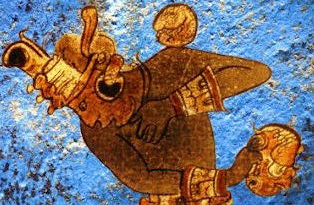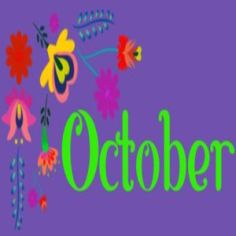Pre-Hispanic Native American Cultures
by holidayconnections · Published · Updated
 This is a subject that is very close to my heart, as a child I studied in school, and it’s many mysteries became an incentive to learn more. I have been to most of the ancient ruins in Mexico, and in Peru, Machu Pichu, Cuzco, Ollantaytambo, and Caral. I must admit I have yet to visit the Anazazi in New Mexico.
This is a subject that is very close to my heart, as a child I studied in school, and it’s many mysteries became an incentive to learn more. I have been to most of the ancient ruins in Mexico, and in Peru, Machu Pichu, Cuzco, Ollantaytambo, and Caral. I must admit I have yet to visit the Anazazi in New Mexico.
And I believe that the key to their development as a civilization, was their success in agriculture. And that depended entirely on the landscape, and the climate. It is almost impossible to think of building something when your first priority is finding food. That is why the foundation of Tenochtitlan is so remarkable.
For one, I am grateful to the farm workers that keep food on my table. They are the foundation that sustain us.
I recently watch a documentary where a young Mexican archaeologist is trying to find the land of Aztlan, the native land of the Aztecs. He thinks it is the land of the Hopi Indians in Arizona. If you know this area, it is understandable that a group of people living there would go on a pilgrimage South looking for fertile land.
There are so many mysteries yet to solve, not all the native Americans came at the same time, and followed the same route, you find so many similarities between the Mechicas of Mexico and the Mochicas of Peru, and nobody knows where the Olmecs came from, or who built Teotihuacan. So, I hope young people keep asking questions and make new discoveries about our ancestors.
Most people talk about the Aztec empire, and the Inca empire. But both of them were the new kids on the block. Their “empires” began about 200 years before the Spanish conquest. Everything they achieved, they learned and collaborated with other cultures around them that had flourished earlier.
The Pre-hispanic Great Civilizations
 In Meso-America, Mexico, the oldest culture was the Olmec, [“rubber people”] that is how the Aztecs called them, we don’t know their name. They created the first hieroglyph writing system, developed the concept of zero, a very accurate calenda, and almanac, drainage system, discovered geomagnetic lodestone compass, 1000 years before Chinese. revere the jaguar. Built pyramids, the ball game, created pottery vessels, jewelry with gold, bronze, jade, and their political and religious system were influential in the subsequent Maya, Zapotec, Mixtec and Aztec cultures.
In Meso-America, Mexico, the oldest culture was the Olmec, [“rubber people”] that is how the Aztecs called them, we don’t know their name. They created the first hieroglyph writing system, developed the concept of zero, a very accurate calenda, and almanac, drainage system, discovered geomagnetic lodestone compass, 1000 years before Chinese. revere the jaguar. Built pyramids, the ball game, created pottery vessels, jewelry with gold, bronze, jade, and their political and religious system were influential in the subsequent Maya, Zapotec, Mixtec and Aztec cultures.
In South-America, The Incas, were merely the last in a long line of pre-Columbian cultures.  The Chavín culture, worshiped a feline, jaguar-like god, and were a military society, designed sophisticated irrigation canals and produced the first textiles and decorative ceramics. the Paracas culture, renowned for its textile weaving, dare to practice trepanation. The Moche (or Mochica) civilization (A.D. 200–700), created extraordinary adobe platform complexes. Nazca engineers created outstanding underground aqueducts, which permitted agriculture in one of the most arid regions on Earth, and its artisans introduced polychrome techniques in pottery.[https://www.frommers.com/destinations/peru/in-depth/history]
The Chavín culture, worshiped a feline, jaguar-like god, and were a military society, designed sophisticated irrigation canals and produced the first textiles and decorative ceramics. the Paracas culture, renowned for its textile weaving, dare to practice trepanation. The Moche (or Mochica) civilization (A.D. 200–700), created extraordinary adobe platform complexes. Nazca engineers created outstanding underground aqueducts, which permitted agriculture in one of the most arid regions on Earth, and its artisans introduced polychrome techniques in pottery.[https://www.frommers.com/destinations/peru/in-depth/history]
Books you might like








